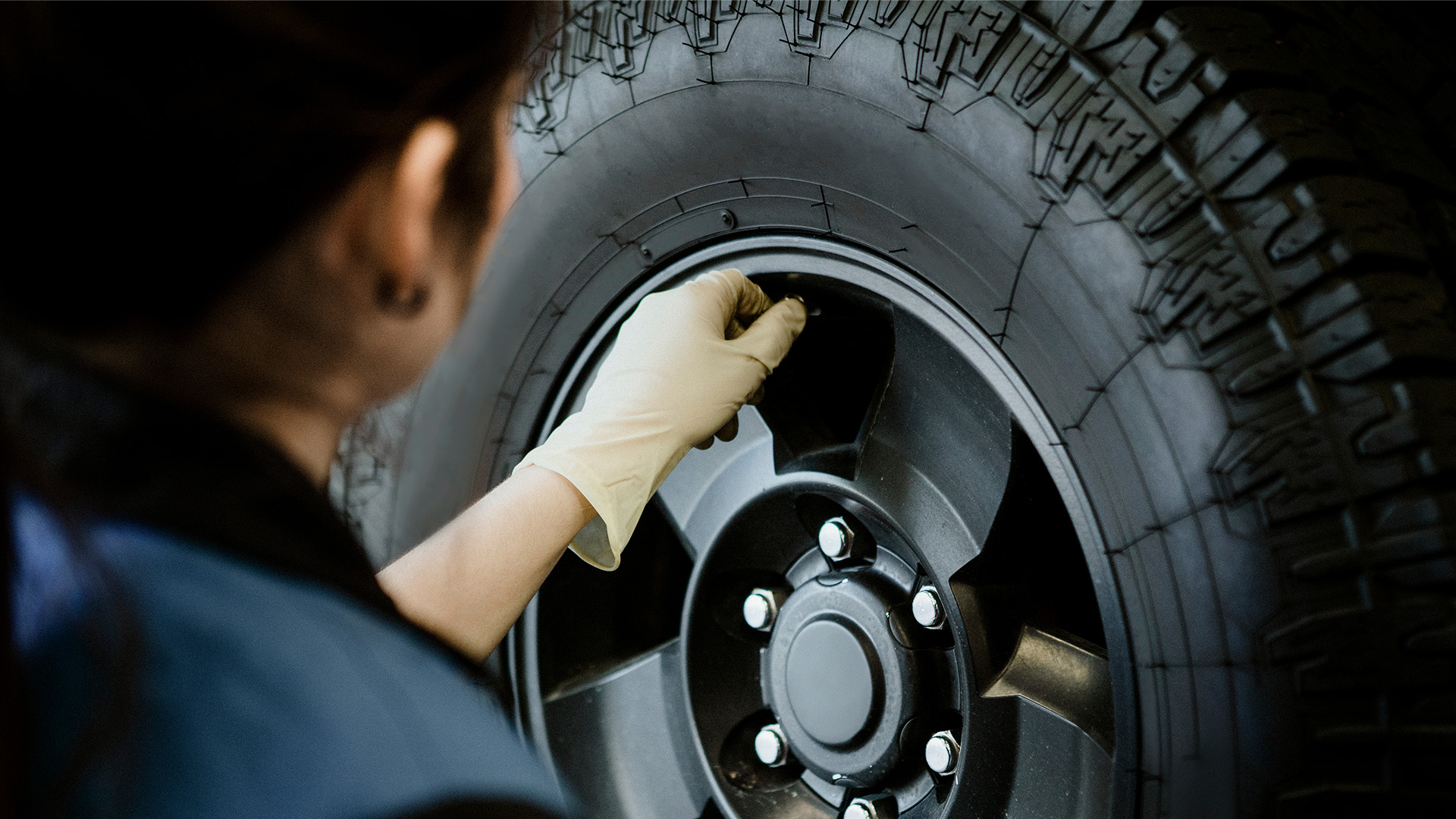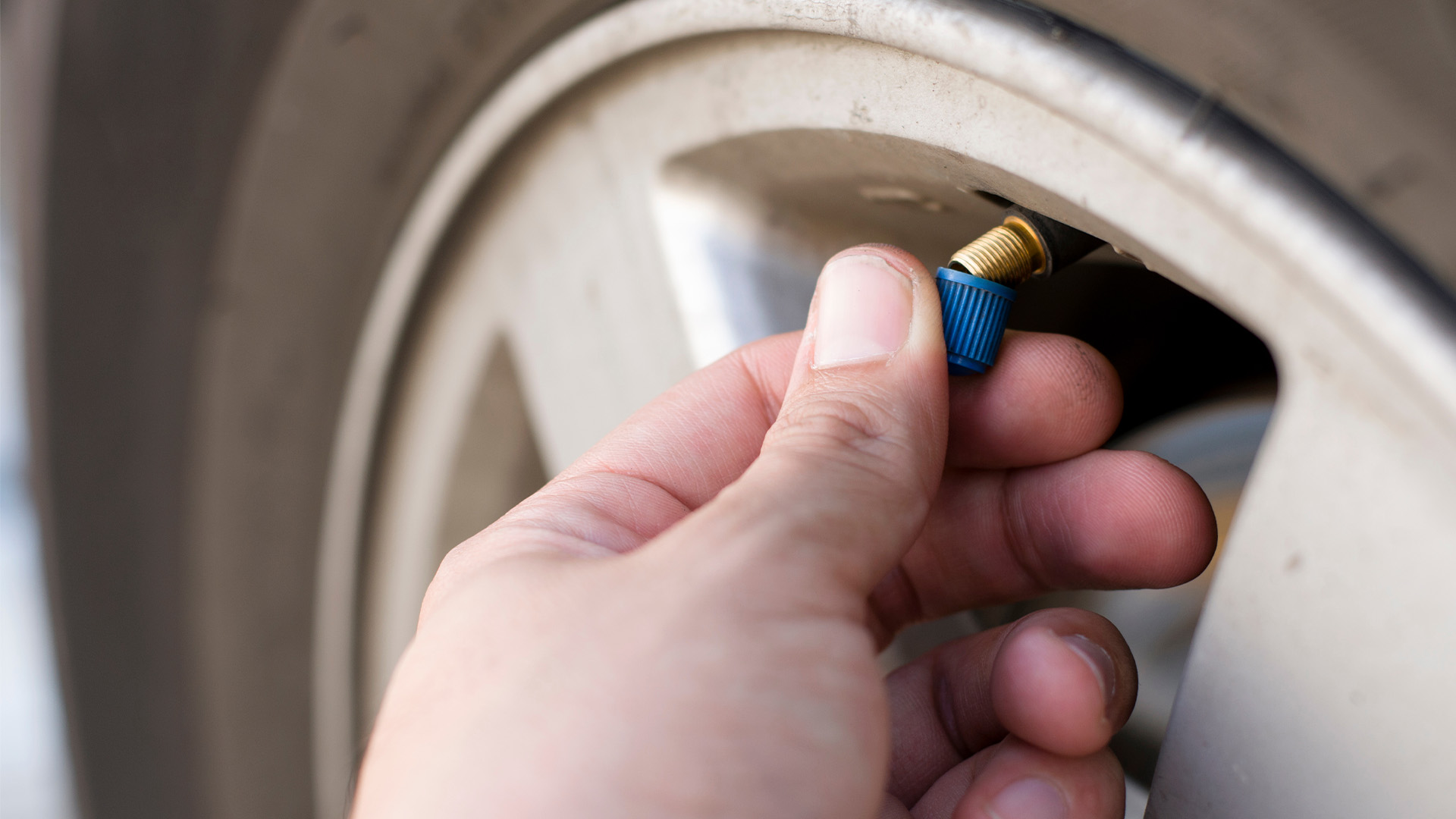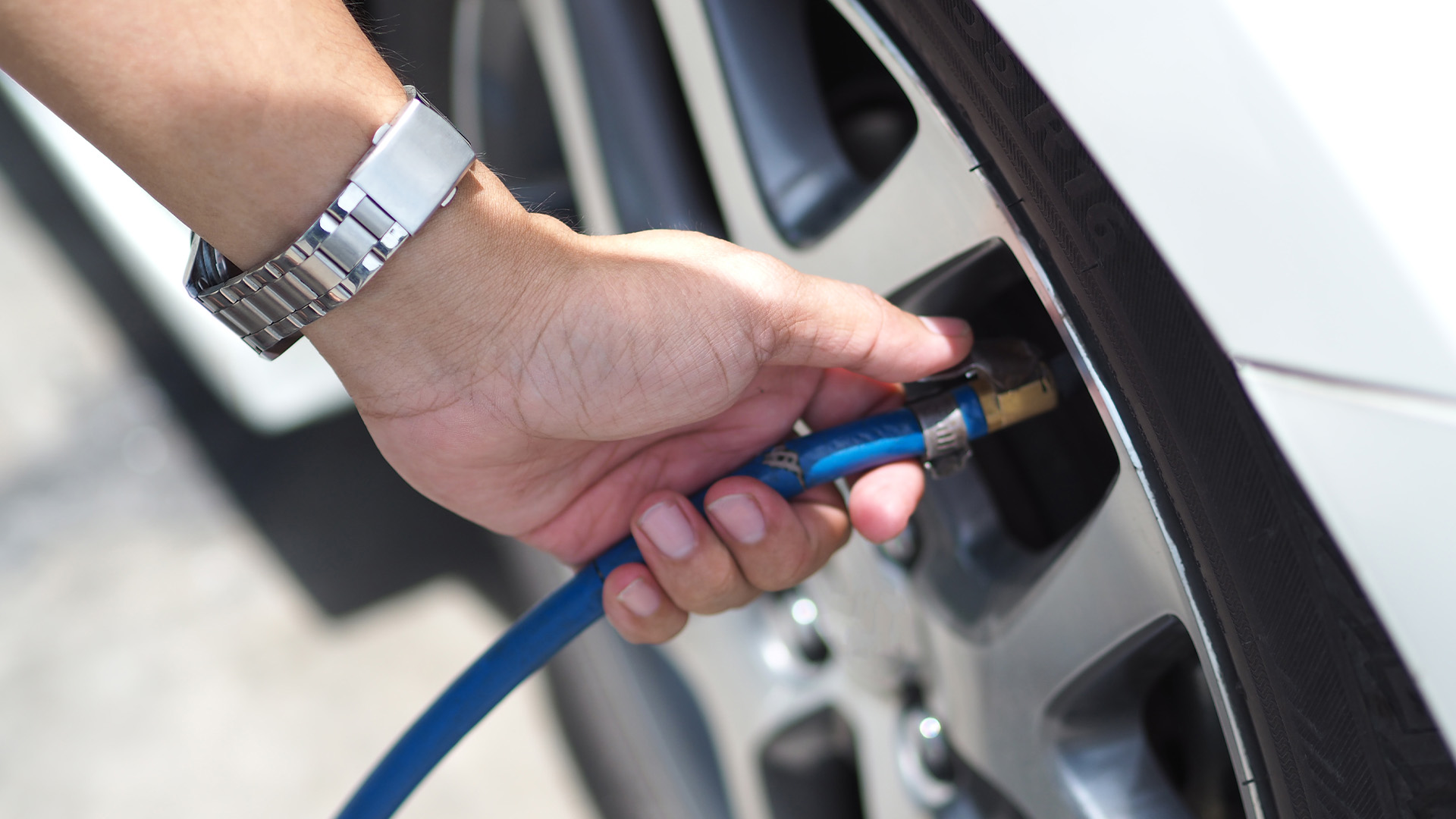Changing your zip code will clear your Pre-Approval.
Zip / postal code is required.
Three Types of Valve Stems and How They’re Used
If you’re reading this, you’ve more than likely found yourself in a bit of a situation and suddenly need to replace the air valve stems on your tires.
Or you’re just one of those people that loves to read articles on very specific car parts, and we love you people.
But if you’re the first person we won’t waste time because we know you’re probably staring at your phone next to your car with a flat trying to figure out what to do next. Don’t worry, we’re here to help.
There are three basic tire valve stem types and the good news is that the first is very common and probably what you’re looking for. The second is a little less common but easy to know if that’s your type.
The third type is for heavy duty trucks and race cars, which…maybe you’re driving a race car? But then you’d probably have a pit team to take care of this for you…we’ll go over it anyway even though you probably aren’t driving a race car. But you might have a huge truck!
So without further ado lets talk about valve stems!

What Are Valve Stems?
Just to cover the basics and make sure we’re all thinking of the same thing, let’s talk about what a valve stem actually is.
The valve stem is the little tube system that sticks out of your tire. You might recognize it if you fill your tires with air by yourself, it’s basically a small, self contained door way that lets air in to your tires, but doesn’t let it out.
They usually keep in the air pressure by using a small spring or sometimes even the pressure within the tire itself as we’ll see.
You can find valve stems on just about any tire, be it a bicycle, a car, and anything else you can think of with inflatable tires.

Types of Valve Stems
Tubeless Rubber Snap-In Valves
The first valve type on our list is more than likely what you’re going to be looking for if you’re in a pickle. Tubeless Rubber Snap-In Valves are the most common on commercial, passenger vehicles.
This is because the pressure rating for these valves is generally within the limits of what you want and need for commercial vehicles, which is about 65 PSI of pressure.
PSI stands for pounds per square inch and it refers to how much air pressure your tires can hold. Your tire most likely won't need or want that much air pressure, but you want your valve stem to have a maximum that’s over what you need.
Tubeless Rubber Snap-In Valves come in a range of sizes to fit most tire options, ranging from diameters of .453” to .625” and length options that go from .88” to 2.5”.
This type of valve stem covers most small to medium trucks and SUVs, by the way, so even if you’re driving around something bigger than a sedan check your tire pressure requirements and see if these will work for you. We’ll go over how to check that maximum pressure requirement on your tires at the bottom of this article.
This assures that these valve stem options can fit a majority of tires on the market and will more than likely be what you’re looking for if you find yourself needing a valve stem replacement.
When putting a valve stem cap on tubeless rubber snap-in valves, keep in mind that you can get plastic or metal tops. This is mostly aesthetic and depends on what you want or if you can even see the valves on your tires, but some people just love that heavy duty metal look so we thought we would mention it.
High Pressure Tubeless Snap-In Valves
These valve stems are for bigger trucks with heavy duty tires that have PSI maximum ratings above 65 PSI.
High Pressure Tubeless Snap-Ins can offer up to 80 PSI maximum which is pretty much the top of the range.
The diameter size range for these is the same as the standard pressure snap-in valves from before, .453” to .625”, however the length options are a bit different.
With high pressure tubeless snap-in valves you’ll find options in length that range from 1.27” to 2”.
You might notice these don’t get as long as the standard valve stems, that’s because for heavy duty vehicles you typically don’t want you valve stems sticking out more than they have to, and the longer the stem is the more pressure is put on the actual valve.
When you get higher in pressure it helps to have a shorter valve stem and putting less pressure on the narrow tube.
These two valve stem options are going to cover most of you reading this. Between the standard tubeless rubber snap-in valves and the high pressure tubeless snap-in valves, a wide majority of commercially available passenger vehicle and small to large truck tires are going to need one of these options.
But what if you need more? That’s where our third valve stem steps in.
High Pressure Metal Clamp-In Valves
High pressure metal clamp-in valves are for drivers who regularly exceed 130 miles per hour and beyond and need extreme tires to keep up. These valve stems have a maximum PSI limit of 200, which is significantly higher than the other two.
The stems themselves fit similarly sized holes but have lengths as small as basically nothing to two inches with options to stick straight out or be cornered to lay against the wheel for max performance.
We know you aren’t hitting race car speeds on commercial roads, but if you were you would need extremely high end, performance tires, and those tires are going to need the best of the best when it comes to valve stems.
How To Tell What Your Tires Max PSI Is
When you look at your tire, there’s a lot of information that they stamp on it.
How fast it can go, how much weight it can hold, how wide it is, how tall it is, what it likes for breakfast.
(Alright, it doesn’t say what it likes for breakfast but we imagine most tires like to start the day with a healthy bowl of Special K Protein.)
But it does tell you what your tires max PSI is, and it’s pretty straight forward. Look around your tire and you should find something that says:
Max Press. 35 PSI.
Pretty simple, right? Between 30 and 50 PSI is fairly common for most passenger vehicle tires, so it’s easy to see how a valve stem with a max PSI rating of 65 would easily cover a majority of tires.
Take for instance the Nexen 5000 Plus tires, which have several different size options with max PSI level that range from 44 max PSI to 51 max PSI.
However if you have tires that you depend on when towing huge loads or conquering mountains, you may have a higher pressure maximum and need the high pressure valve.
The Toyo Open Country A/T III tires are majorly hardcore and at the biggest size options they come in they can handle up to 80 PSI, meaning you might need to get yourself some metal clamp-in valves.

What Happens If I Over/Under Inflate my Tires?
Something to keep an eye out for is having your tires at the incorrect air pressure level. Maybe you (or someone else) accidentally over inflated them and now they’re puffed out, or you might have a leak (thus why you’re reading this article) and you’ve got a few under inflated tires on your hands.
Each has its own, different problems.
Over Inflated
Over inflated tires are pretty dangerous for a few reasons.
Because they are over inflated the sidewalls tend to be much more rigid, so when you’re taking tight turns you lose a lot of the traction they would tend to have. This can lead to spin outs.
You also are in danger of high speed blow outs. When the tire is inflated beyond it’s recommended PSI level the tire itself literally bulges, which puts uneven pressure on the rubber as you’re driving. This can lead to rapid and uneven wear on the treads, which is a sure-fire way to blow a tire.
Under Inflated
Under inflated tires are less dangerous in the immediate sense but still pretty bad and should be avoided as much as possible.
If the tire is under inflated the center of the rubber actually ends up lower than the shoulders, which leads to more uneven wear on your treads.
Not only that but because the shoulders are taking more of the pressure on the road you end up with more traction than you want, which is good for braking but terrible for your gas mileage.
Some off roaders drive with under inflated tires on aggressive trails for this reason, but always remember to re-inflate before you get on the highway or any roads.
Conclusion
Tire valves are pretty simple once you get down to it, but dealing with tire pressure and making sure that you’re taking proper care of your tires is very important.
Don’t forget, they’re pretty much the only thing between you and your car, and the pavement.
If you’re interested in exploring tire options, we have a ton of great brands with wide ranges in pressure limits at RentAWheel.com. We have tires fit for everything from casual cruising to brutal off roading, and with our flexible payment plan options it’s never been more affordable to get set up with the perfect pair of tires.
Sources:
https://www.liveabout.com/how-to-read-your-tire-3234469
https://www.cars.com/articles/how-do-i-find-the-correct-tire-pressure-for-my-car-1420676891878/
https://fabfours.com/airing-down-your-off-road-tires-doing-it-the-right-way/